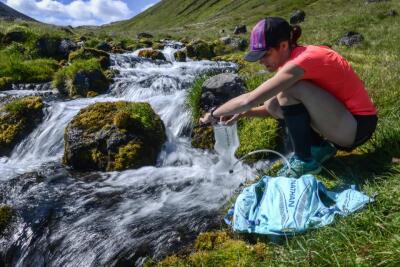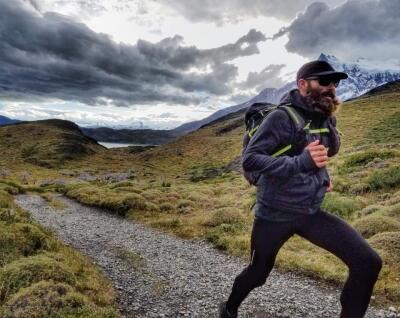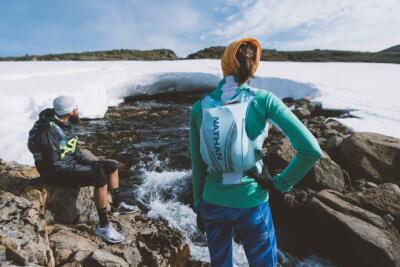Fastpacking 101
Do you love trail running and backpacking but have never thought to combine them? You can. It’s a little-known pursuit called fastpacking. And it means exactly what you’d think it means: moving fast through the wilderness backpacking style with minimal gear. Fastpacking combines the adventure of backpacking with the lightness and efficiency of running so that you can cover more ground in less time.
It’s both challenging and rewarding (perhaps in equal measure. You need only three ingredients: dependable gear, experience and know-how in the wilderness, and an adventurous spirit. Still, a few planning tricks will help you make the most of your wilderness excursion.
WHEN PLANNING YOUR ROUTE:

Before planning a fastpacking trip, get some trail running and backpacking trips under your belt. Learn wilderness first aid, understand the local wildlife (if you’re in Colorado and see a mountain lion in your path, for example, do you know what to do?), and how to navigate off trail if you get lost (nothing like a good ol’ fashioned map and compass). Feel confident you can handle the self-sufficiency of fastpacking? Awesome. Let’s get to planning. …
For your first adventure, start small. Rather than staying out for multiple nights with a complicated loop, make it a single-night trip with an out-and-back route or easy-to-navigate loop. Once you know where you're going, mark your course, inform friends and family, and pack your map (plus a compass) in an easily-accessible pocket to access for directions if you need them.
WHEN PACKING YOUR GEAR:

Pack and repack. It’ll take time to hone in on exactly what you want to take and how you want to pack it. A general rule of thumb to go by most of the time: less is more. With an asterisk. Don’t skimp on the gear you absolutely know you need. For some, this is a pair of flip-flops to wear in the evening (sometimes the last thing you want to do is wear your wet, sweaty trail running shoes once you’ve set up camp). Still, if you bring flops, that’s that much room you sacrifice for something else. This could mean the difference between iodine tablets for water filtration or a pump (personal preference).
Pack your sleeping bag, sleeping pad, sleeping structure (tent, bivvy, hammock?) first is a good place to start since those are items you’ll absolutely need. The more you practice, the more you’ll learn to balance comfort items and necessities, something that may take several trips to discern.
Buy dependable, simple, and "multipurposeable" gear. When you’re packing light, it’s crucial to get the most use out of every single item in your bag. A buff is an excellent example. It can keep your hair and sweat out of your eyes as you move through hot sun and keep your head warm at night when temperatures (potentially) plummet at camp.
Choose wool blends. Wool-blended active wear holds less odor than fully synthetic fabrics and has the added advantage of keeping you warm even if you get wet. If nothing else, we recommend a wool-blend mid-layer and wool-blended socks.
A FEW MORE TIPS:
Leave no trace. We cannot stress this enough. Everything you take into the wilderness needs to be taken out. Yep, that includes toilet paper and tampons. An easy way to do this is to create a double zip lock bag system for used toilet paper for both sanitation and odor elimination.
There’s nothing worse than pulling on wet camp clothes after a long, hard day. So, pack to avoid it. Keep your clean clothes dry by packing them in a waterproof stuff sack.
Practice running and hiking with a pack in your trail running shoes. You’ll be in the same pair for more miles and with more weight than you’re used to. Wearing your shoes for a few “practice miles” before your trip is beneficial in preventing blisters or more serious injuries.
Consider bringing along trekking poles to offset some of the weight added by your pack. But practice running with them first; moving quickly with trekking poles takes some getting used to.
Have fun, take pictures, soak it all in. Above all else, fastpacking is an opportunity to absorb the natural world in a way most people never have the chance to do. So, enjoy it. Even the not-so-comfortable moments will build last lasting memories.
Photos courtesy of NATHAN SPORTS (featuring NATHAN athletes Rob Krar and Dr. Tommy Rivers Puzey, DPT, LMT

Connect With Us
see the latest from Fleet Feet St. Louis